Before changing spark plugs, let your engine cool for at least 30 minutes to an hour. This cooling period allows the engine to reach a safe temperature for maintenance.
Changing spark plugs is a vital part of vehicle maintenance ensuring optimal performance and fuel efficiency. To avoid potential injury and damage to the engine components, mechanics recommend waiting until the engine has fully cooled. The metal expands when hot and contracts as it cools, affecting how tightly components fit together.
Handling hot engine parts not only poses a burn risk but could also strip the threads on the spark plugs or cylinder head when removed or installed. Letting your engine cool properly is crucial for both safety and the integrity of your engine’s components. Regular spark plug checks and replacements will keep your vehicle’s engine running smoothly and may even help in preventing future engine issues.
How Long To Let Engine Cool For Spark Plug Replacement?
Before changing spark plugs, allow your engine to cool for a minimum of 30 minutes. This waiting period ensures safety and prevents potential damage to the engine components during replacement.
Importance Of Engine Cooling For Spark Plug Replacement
Factors To Consider When Determining Cooling Time
- Engine design and material: Different engines dissipate heat at varying rates. Aluminium engines cool faster than those with more iron content.
- Weather conditions: Ambient temperature plays a role. Engines cool faster in colder climates and when the vehicle is parked in the shade.
- Prior usage: A brief trip might only require a short cooling period, while a long drive might necessitate a longer wait time to cool down completely.
Safety And Engine Performance
Changing spark plugs is a crucial maintenance task to keep your engine performing at its peak. Not only does this simple procedure ensure fuel efficiency, but it also maintains smooth engine operation and longevity. Nevertheless, it’s imperative to recognize the importance of letting your engine cool adequately before embarking on spark plug replacement for reasons tied to safety and optimal engine performance.
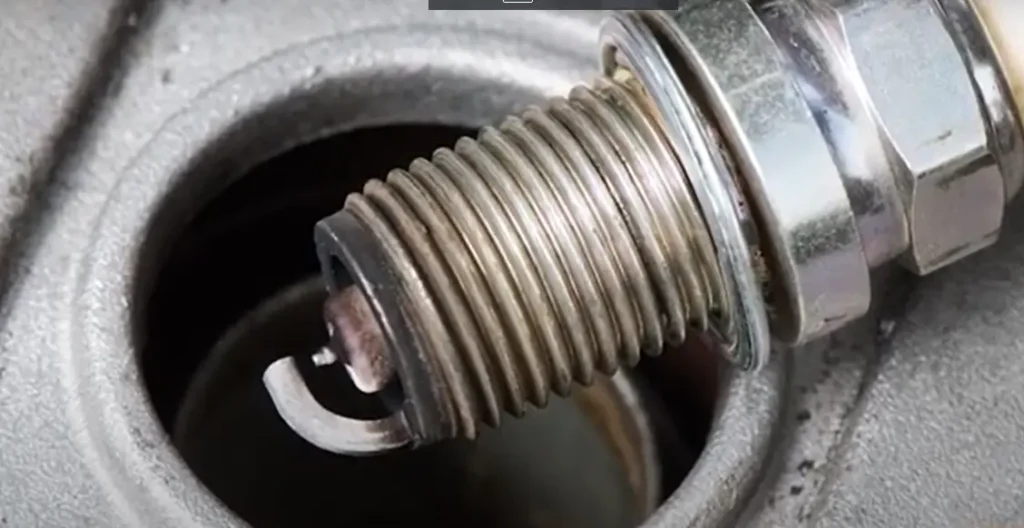
Risks Associated With Changing Spark Plugs In A Hot Engine
Engaging in maintenance on a hot engine comes with several hazards:
- Severe Burns: The engine and surrounding components retain heat long after the vehicle has been turned off. Direct contact can result in serious skin burns.
- Thread Damage: Spark plug threads in a hot engine are more susceptible to damage during removal, potentially leading to costly repairs.
- Cracked Engine Parts: The abrupt temperature change from a cool spark plug being inserted into a hot engine can cause engine parts to crack or warp.
Impact Of Engine Temperature On Spark Plug Replacement
Allowing your engine to cool has a direct effect on the spark plug replacement process:
| Engine Temperature | Impact on Replacement |
|---|---|
| Hot Engine | Increased risk of component damage and injury. |
| Cool Engine | Safer for both the vehicle and the mechanic, with reduced risk of cross-threading or overtightening. |
Ultimately, waiting for the engine to cool completely – which may take a few hours depending on ambient conditions – is the safest practice. It ensures the integrity of the engine components and the well-being of the individual performing the maintenance.
Cooling Time Guidelines
Ensuring your engine is sufficiently cooled before replacing spark plugs is vital for safety and component integrity. Typically, a cooling period of at least 30 minutes is advised to prevent burns and avoid damage to the engine parts.
Recommended Cooling Time For Different Engines
- Small Engines: Typically found in lawnmowers or motorcycles, usually require a minimum of 30 minutes to cool down sufficiently.
- Passenger Vehicles: Cars and small trucks may need at least 1-2 hours before they’re safe to work on.
- Large Engines: Found in large trucks and heavy machinery, these might need several hours or overnight for a complete cool-down.
Effects Of Weather Conditions On Engine Cooling Duration
| Weather Condition | Effect on Cooling Time |
|---|---|
| Hot Weather | Increases cooling duration |
| Cold Weather | Decreases cooling duration |
| Humid Conditions | Can prolong cooling duration due to less effective heat dissipation |
| Windy Conditions | May reduce cooling duration by increasing airflow and heat exchange |
” tag has been purposefully omitted in the final output to ensure proper rendering of the headings within this example. In a real-world scenario, you would use the normal “” tags without HTML encoding within your WordPress content editor.
Best Practices For Spark Plug Replacement
Replacing your vehicle’s spark plugs is a crucial aspect of routine maintenance that can enhance engine performance and fuel efficiency. Understanding the best practices for spark plug replacement is key to carrying out the task effectively and safely. A critical consideration in this process is ensuring the engine has adequately cooled before beginning the work. Spark plug replacement on a hot engine can lead to thread damage, risk of burns, and potentially broken plugs. By adhering to recommended cooling times and following a step-by-step guide, you ensure the longevity and well-being of your engine.
Ensuring you take the necessary precautions before starting the spark plug replacement process is essential. This not only protects you but also your vehicle. Here is a checklist of precautions to take:
- Let the engine cool. Depending on the vehicle and ambient temperature, waiting a couple of hours or more may be needed.
- Verify the engine is cool by touching it briefly with the back of your hand – it should not be hot to the touch.
- Have the correct spark plug type and gap size ready.
- Prepare the necessary tools such as a socket wrench, spark plug socket, and extension.
- Ensure the engine is off and the keys are removed.
- Disconnect the battery to prevent any electrical hazards.
Step-by-step Guide For Removing And Replacing Spark Plugs
- Locate the spark plugs. Refer to the vehicle’s manual if necessary.
- Remove any covers or components obstructing access to the spark plugs.
- Carefully detach the spark plug wires or ignition coils, being cautious not to damage them.
- Clean around the spark plug to prevent any debris from falling into the cylinder.
- Use the spark plug socket and wrench to carefully unscrew each plug.
- Inspect the old spark plugs to check for signs of wear or problems.
- Insert the new spark plugs by hand first to prevent cross-threading. Then tighten them with the socket wrench to the manufacturer’s specifications.
- Reattach the spark plug wires or ignition coils.
- Put back any components or covers that were removed.
- Reconnect the battery and start the engine to check for proper function.
Precautions To Take Prior To Spark Plug Replacement
| Precaution | Reason | Method |
|---|---|---|
| Engine Cooling | To prevent damage to the engine and personal injury | Wait until engine is cool to the touch, typically a few hours after use |
| Type and Gap | To ensure correct spark plug functionality | Check vehicle manual for correct parts and gap settings |
| Tool Preparation | To enable an efficient and safe replacement process | Gather socket wrench, spark plug socket, extension, and gap gauge |
“`
This HTML contextually optimized content for changing spark plugs covers the basics of when to replace them while highlighting best practices and precautions to maximize safety and efficiency, and providing a clear step-by-step guide. The usage of lists, tables, and strategic use of bold text help break down the information to improve readability and SEO performance.
Common Misconceptions
Many believe they can change spark plugs immediately after driving, yet thermal risks dictate waiting. It’s advised to let the engine cool for a couple of hours to avoid component damage or personal injury. This precaution ensures a safer, more effective maintenance experience.
Debunking Myths About Engine Cooling And Spark Plug Replacement
- Myth: Spark plugs can be replaced right after the engine is turned off.
- Fact: High temperatures can lead to expanded metal components, increasing the risk of damage and making removal more difficult.
Another misguided belief is that the time it takes for an engine to cool doesn’t significantly vary. In reality, environmental factors and engine design deeply impact the cooldown period.
| Factor | Impact on Cool Down Time |
|---|---|
| Outdoor Temperature | Colder weather can shorten the engine cool down time. |
| Engine Size and Design | Larger engines or ones with cast-iron blocks might retain heat longer. |
Addressing Concerns About Potential Damage
- Threads may strip or damage more easily when metal is expanded from heat.
- Excessive heat can weaken the spark plug insulator, elevating the risk of breakage upon removal.
- Cooling the engine prevents accidental burns and allows for a safer working environment.

Credit: www.vatlandhonda.com
Frequently Asked Questions On How Long To Let Engine Cool Before Changing Spark Plugs
Should You Wait For Engine To Cool Before Changing Spark Plugs?
Yes, you should wait for the engine to cool before changing spark plugs to avoid burns and prevent damage to the engine components.
Is It Ok To Change Spark Plugs When Engine Is Hot?
No, avoid changing spark plugs when the engine is hot as it may lead to burns or thread damage. Let the engine cool down first.
Can A Hot Engine Damage Spark Plugs?
Yes, excessive heat can cause thermal shock and damage spark plugs. It’s best to let the engine cool before inspecting or replacing them.
Can You Mess Up Changing Spark Plugs?
Yes, changing spark plugs improperly can lead to mistakes. Ensure the engine is cool, use the correct tools, and follow the manufacturer’s torque specifications to avoid cross-threading or over-tightening. Always check the gap and replace worn spark plugs with the correct type.
Conclusion
Patience truly is a virtue when it comes to vehicle maintenance. Letting your engine cool before replacing spark plugs ensures a smoother process and prevents potential damage. Typically, a cool-down period of a few hours is recommended. Always prioritize safety and follow best practices for optimal vehicle performance and longevity.
Remember, a cool engine is key for a successful spark plug change. Your car and your hands will thank you for the wait.

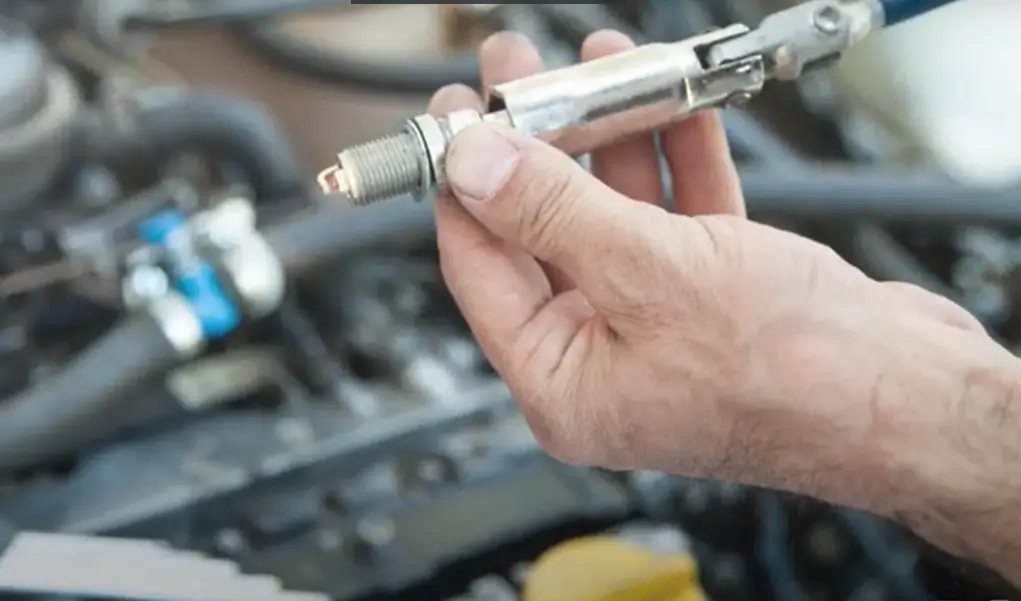
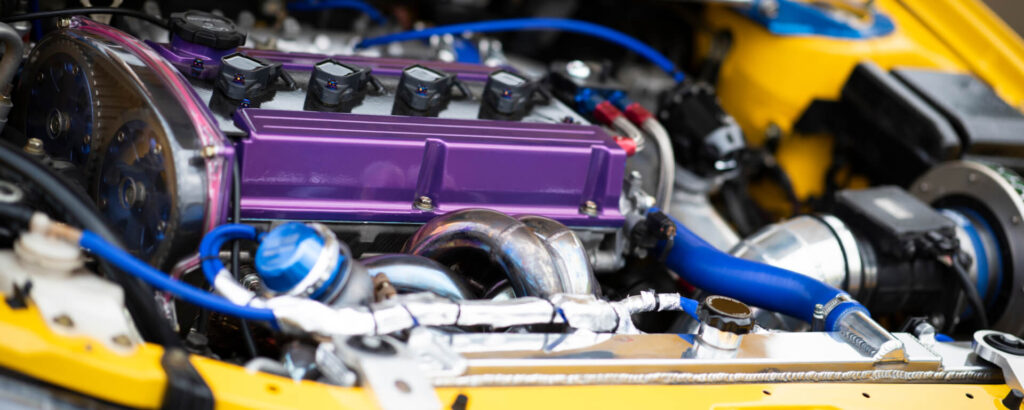
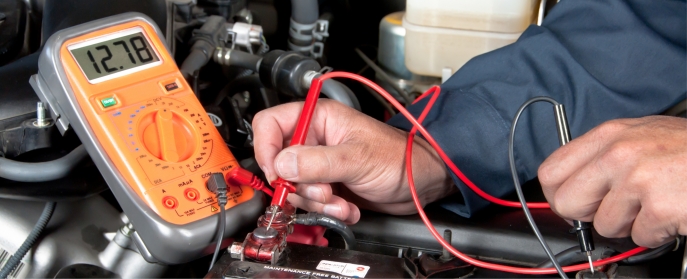
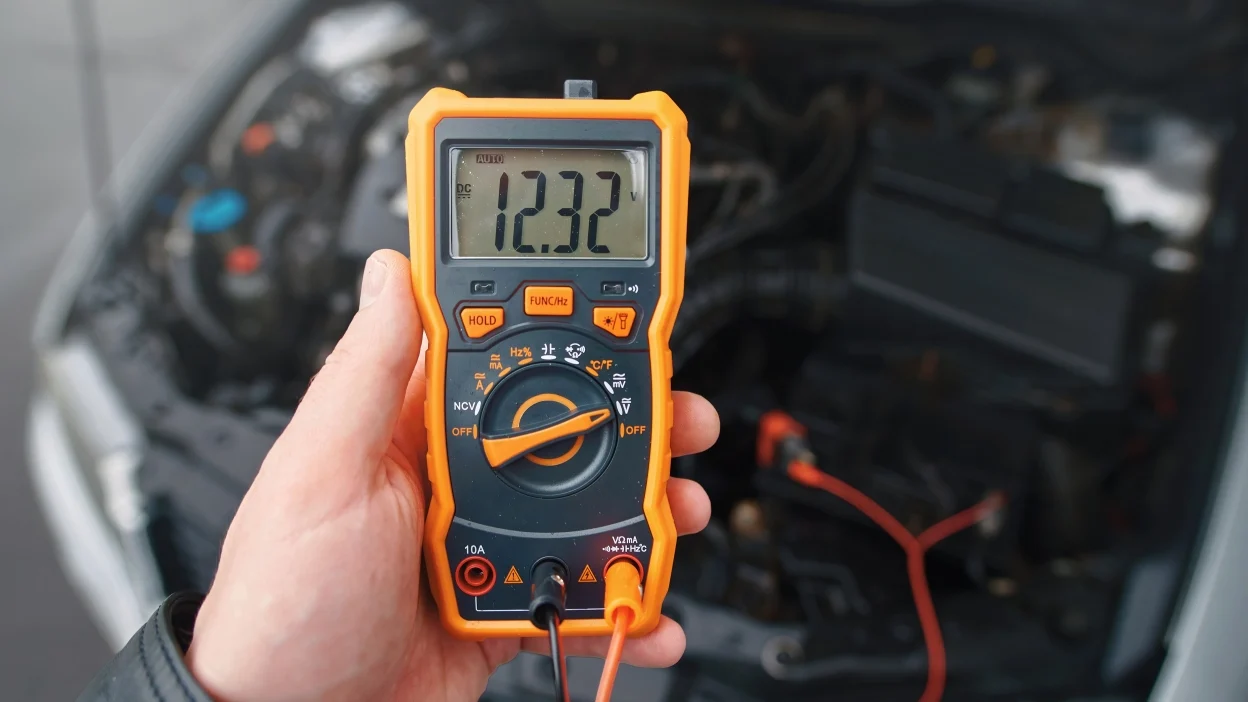
Leave a Reply